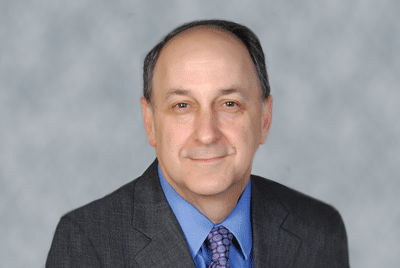Clinicians Need to Be Sensitive to Patient-Doctor Boundaries, Says Gabbard

In a Meet-the-Author session today, Glen Gabbard, M.D. (pictured above), spoke about his 30 years of experience treating, evaluating, and consulting on cases of serious professional boundary violations, both sexual and nonsexual, in psychiatric practice. He has just published the second edition of his classic text, Boundaries and Boundary Violations in Psychoanalysis, where he noted that he had been naïve 30 years ago.
At that time, he had the hope that education about early breaks in the therapeutic frame would help clinicians prevent boundary violations from occurring. Small breaks in the frame, such as excessive self-disclosure, giving gifts to patients, or hugging the patient, often lead to a descent down the “slippery slope” to graver violations. However, he is much less optimistic about preventive education after observing that serious boundary violations continue to occur despite this education.
Some of the clinicians who have been sent to Gabbard for evaluation and treatment have been well-respected individuals with no history of ethics problems. In other words, clinicians who know better continue to talk themselves into thinking that it is permissible in their particular case to transgress boundaries.
Gabbard said that it is a real challenge to predict prospectively who will violate boundaries. A body of research in the area of moral hypocrisy reveals that most people view their own moral lapses as less egregious than those of others. Common rationalizations used by clinicians who violate boundaries are that “the only way to prevent suicide was to have sex with the patient.” Another common rationalization is to argue that what is going on between therapist and patient is “true love” unrelated to transference and countertransference. Still other therapists convince themselves that “I have earned this”—they feel they have been totally ethical throughout their careers, and with one particular patient in a particular instance, a “small lapse” in boundaries is permissible.
Gabbard thinks that the most effective form of prevention is for all therapists and analysts to engage in regular consultation with a respected colleague. Even experienced clinicians can lose perspective in the privacy of the therapeutic dyad. A consultant brings in a “third” who is outside the dyad to offer commentary on any countertransference that has gone unnoticed by the therapist.
As Gabbard cautioned, “We are all masters of self-deception.”
APA members may purchase boundaries and boundary violations in psychoanalysis, second edition,
at a discount from APA Publishing.
|
|
|
|
|


